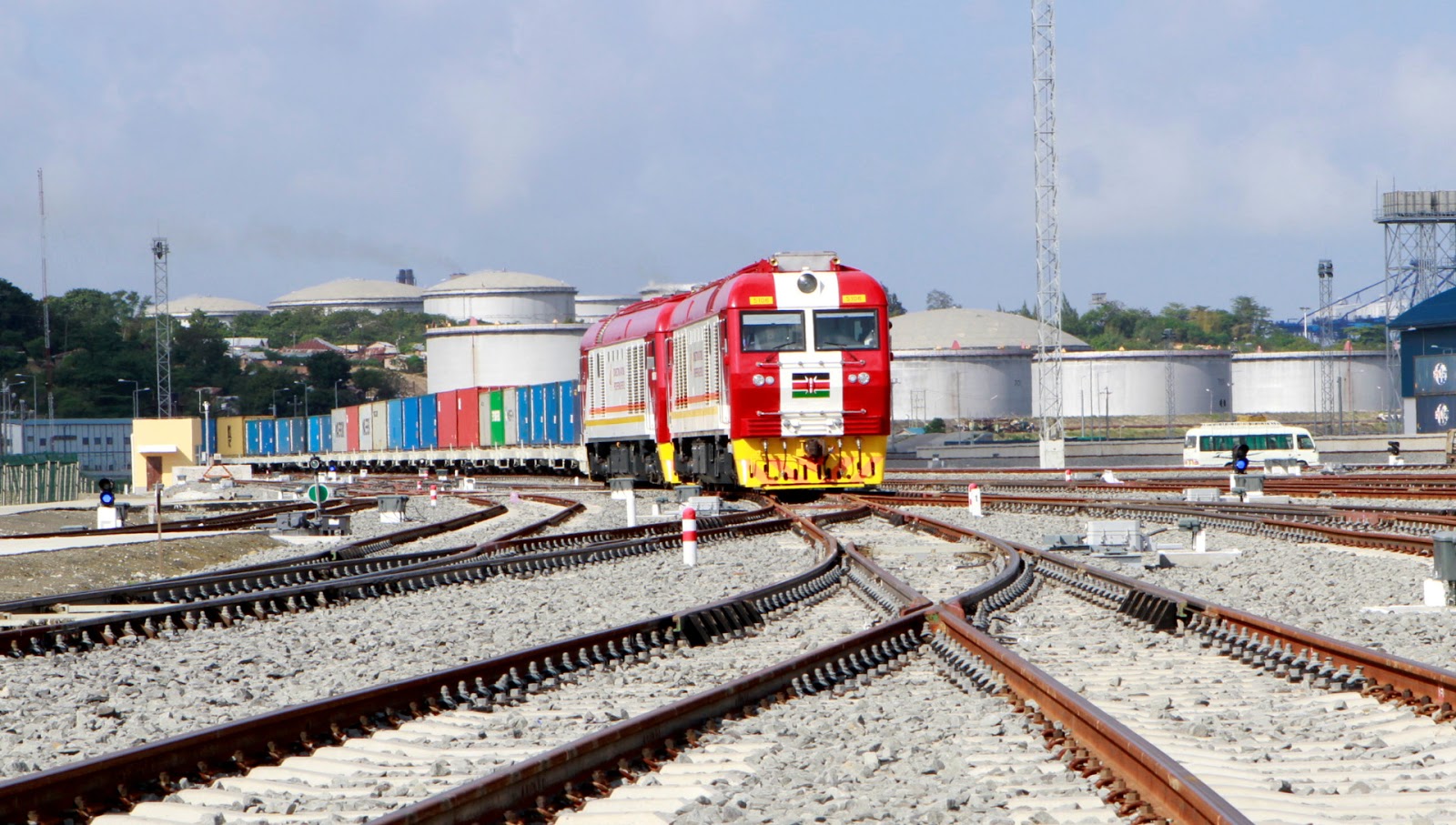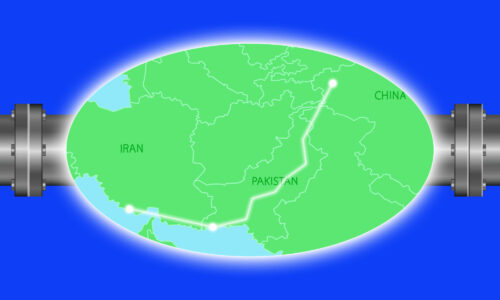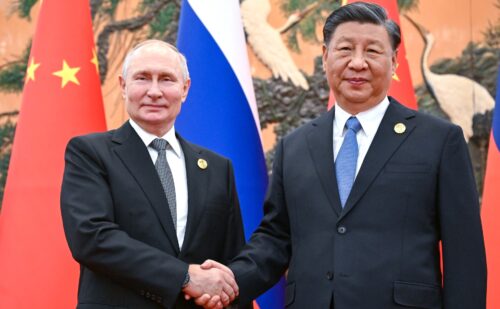China’s Belt and Road lending dries up
New data compiled by researchers at Boston University show that China’s two largest policy banks have dramatically scaled down overseas lending.

The signature foreign policy initiative of Chinese leader Xí Jìnpíng 习近平 is losing steam — or, at least, funding for new projects, according to data compiled by researchers at Boston University.
- The Belt and Road Initiative, launched by Xi in 2013, remains an important catchall term in Chinese state media for a variety of overseas investments and partnerships throughout Asia and beyond.
- China’s two largest policy banks, the China Development Bank and the Export-Import Bank of China, together lent more money than the World Bank every year from 2013 to 2016, the data shows.
- But overseas lending has dried up, as the annual loan amount from these two Chinese banks has “collapsed from a peak of $75bn in 2016 to just $4bn” in 2019, based on the new data, the Financial Times reports.
Why the shift?
A few potential factors, based on researchers cited by the FT and previous The China Project coverage:
- International controversy over some Belt and Road projects, including accusations of “debt-trap diplomacy,” criticism of the lack of transparency and environmental sensitivity on many projects, and scandals related to poor governance in loan recipient countries.
- Domestic controversy, as Chinese citizens increasingly questioned Beijing’s generous lending to foreign countries while the Chinese economy slowed.
- Exploding debt in many developing countries, a problem that has become much worse during the COVID-19 pandemic. Calls for debt forgiveness for countries such as Zambia, where China plays a critical financing role, are much louder than calls for new infrastructure projects.
- Trade war with the U.S., which has amplified uncertainty for many international investments.
- Macroeconomic policy in China, which has gradually shifted from boosting exports to emphasizing domestic consumption.
Read more:
- Tracking China’s Overseas Development Finance / Blog post from Boston University’s Global Development Policy Center
- The winners and losers of the Belt and Road Initiative: from their own perspectives / Panda Paw Dragon Claw
- Seeking relief: China’s overseas debt after COVID-19 / Rhodium Group
- Opinion: Only the U.S. and China can stave off debt disaster / Bloomberg (porous paywall)






